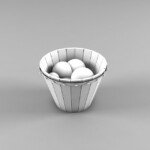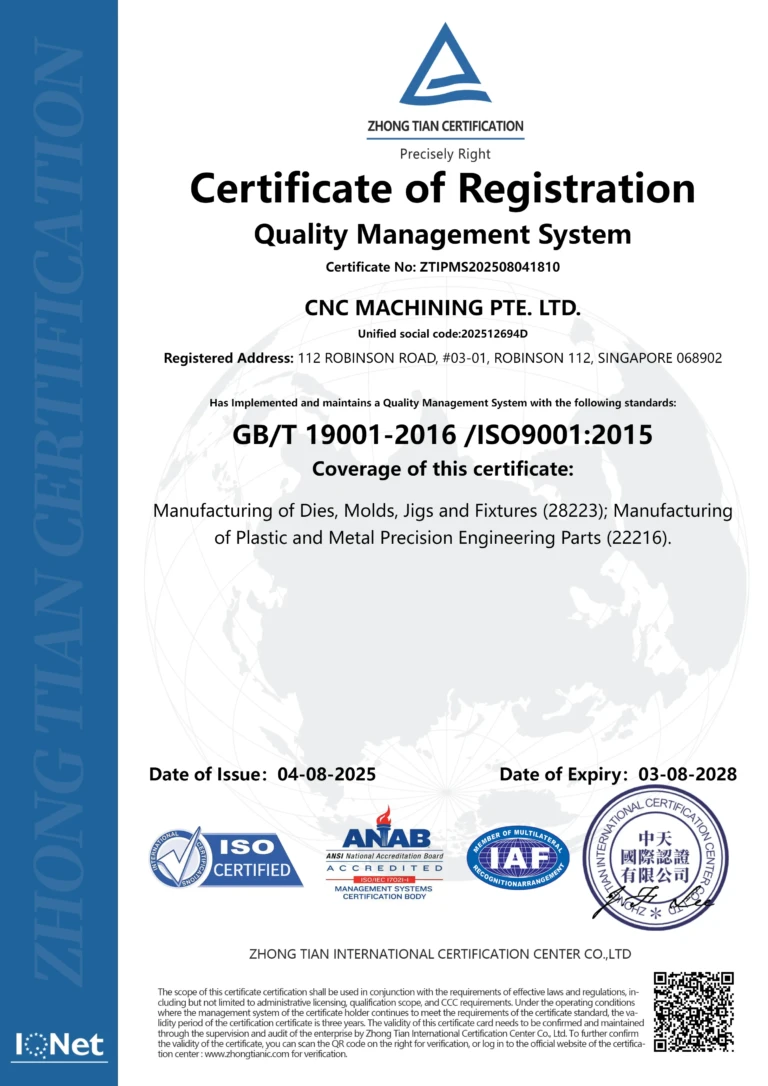Understanding 3D Printing Lattice Structures
3D printing has revolutionized manufacturing, offering unprecedented design freedom and material efficiency. Among the most innovative applications of 3D printing is the creation of lattice structures, which combines aesthetics and functionality to produce lightweight, durable components. This ultimate guide will explore the fundamentals of 3D printing lattice structures, their benefits, applications, design considerations, and future trends.
What are Lattice Structures?
Lattice structures are frameworks made up of interconnected elements or struts that create a pattern resembling a grid or web. These structures are characterized by their open geometry, allowing for reduced material usage without sacrificing strength or stability. Typically, lattice structures can be categorized into two types: regular lattice structures, which feature uniform patterns, and irregular lattice structures, which exhibit varying strut sizes and densities.
Benefits of 3D Printing Lattice Structures
1. Material Efficiency
One of the primary advantages of lattice structures is material efficiency. Traditional manufacturing methods often require solid materials that lead to waste and heavier components. In contrast, 3D printing lattice structures optimizes material usage, allowing for substantial weight reduction while maintaining structural integrity. This efficiency is particularly beneficial in industries such as aerospace and automotive, where minimizing weight can significantly enhance fuel economy and performance.
2. Customization and Complex Geometries
3D printing enables the creation of highly customized lattice designs that can be tailored to specific applications or user requirements. Designers are no longer constrained by traditional manufacturing limitations; they can create intricate geometries that would be impossible to produce using conventional methods. This flexibility leads to innovative product designs that can enhance performance and user experience.
3. Enhanced Mechanical Properties
Lattice structures can exhibit unique mechanical properties that differ from solid materials. For instance, they can provide improved shock absorption, deformation, and energy dissipation. This is particularly useful in applications such as protective gear, impact-resistant structures, and biomedical implants, where absorbing energy or adapting to stress is crucial.
4. Improved Heat Dissipation
In applications where temperature control is essential, lattice structures can facilitate better heat dissipation. The open framework allows air or fluid to circulate freely, effectively dissipating heat. This advantage is crucial in electronic components, automotive parts, and any devices generating significant heat during operation.
Applications of Lattice Structures
Lattice structures have found their way into many industries, demonstrating versatility and practicality in diverse applications.
1. Aerospace and Automotive
In aerospace and automotive industries, weight reduction is paramount. Companies use 3D printed lattice components in engine components, lightweight structures, and even interior components. By utilizing lattice designs, manufacturers can create parts that are strong enough to withstand rigorous conditions while minimizing overall vehicle weight.
2. Medical Sector
The medical field has increasingly adopted lattice structures, especially in the design of implants and prosthetics. Their customizability and ability to mimic the mechanical properties of bone make lattice structures ideal for orthopedic implants. These structures improve osseointegration and reduce the risk of implant rejection. Additionally, lattice designs can be tailored to fit the unique anatomy of individual patients, providing personalized healthcare solutions.
3. Architecture and Construction
Architects and designers are leveraging lattice structures to create innovative building designs. The ability to print complex lattice frameworks allows for the development of striking, lightweight facades and structural components. These designs not only enhance aesthetic appeal but also improve the energy efficiency of buildings by allowing for better airflow and light penetration.
4. Consumer Goods
From sporting equipment to customizable furniture, lattice structures are transforming the consumer goods sector. Lightweight and durable consumer products benefit from the advantages of lattice designs, appealing to consumers who prioritize performance and sustainability. 3D printing allows for personalization, giving brands an edge in a competitive market.
Design Considerations for Lattice Structures
When designing lattice structures for 3D printing, several factors must be considered to ensure optimal performance and manufacturability.
1. Selecting the Right Software Tools
Choosing appropriate CAD or simulation software is critical for developing effective lattice designs. Many software solutions cater explicitly to lattice modeling, allowing designers to experiment with various geometries. Users should look for tools that enable parameter customization, as this flexibility can yield better-performing structures.
2. Understanding Load Direction
It’s essential to consider the primary load directions when designing lattice structures. Designers should align anisotropic lattice patterns with expected force vectors to optimize strength and performance. This alignment ensures that the lattice can effectively distribute load without failure.
3. Strut Size and Spacing
Determining the size and spacing of the struts within a lattice structure is vital for achieving the desired balance between weight and strength. Thinner struts save material but may reduce structural integrity, while thicker struts can increase weight. Conducting performance simulations can help assess various structural configurations to find the optimal design.
4. Material Selection
The choice of material is crucial in the performance and cost of 3D printed lattice structures. Different materials offer varying properties in terms of strength, flexibility, and weight. Designers must consider the specific requirements of their applications to select the most appropriate material, be it thermoplastics, metals, or composite materials.
Manufacturing Techniques for Lattice Structures
3D printing offers several techniques for creating lattice structures, each with its unique advantages and challenges.
1. Stereolithography (SLA)
SLA is a popular method for creating highly detailed lattice structures. It utilizes ultraviolet light to cure resin layer by layer, allowing for intricate designs with smooth surfaces. However, SLA may be limited in material selection compared to other methods.
2. Selective Laser Sintering (SLS)
SLS uses a laser to fuse powdered materials, making it well-suited for creating robust lattice structures. This technique can work with various materials, including nylon and metal, producing parts that boast excellent mechanical properties. The layer-by-layer sintering process also naturally produces complex geometries.
3. Fused Deposition Modeling (FDM)
FDM is one of the most widely adopted 3D printing methods, utilizing thermoplastic filaments to create models. While it may not achieve the same level of detail as SLA or the mechanical strength of SLS, FDM is favored for its cost-effectiveness and ease of use. Designers can incorporate lattice structures, but careful attention is needed to ensure the right balance between strength and weight.
Future Trends in 3D Printed Lattice Structures
Looking ahead, the future of 3D printed lattice structures appears promising as technology continues to evolve.
1. Increased Automation and AI Integration
As 3D printing technology progresses, the integration of artificial intelligence (AI) and automation will enhance design efficiency. AI-driven algorithms can optimize lattice structure design, taking into account load distribution and material efficiency, resulting in superior performance and cost advantages.
2. Expanding Material Choices
The development of new materials tailored for 3D printing will open up avenues for more sophisticated lattice structures. Innovations in smart materials—such as those that can change properties in response to environmental stimuli—could lead to groundbreaking applications in industries like healthcare and robotics.
3. Sustainability Focus
Sustainability continues to be a driving force in manufacturing. Lattice structures contribute to reducing material use, but emerging eco-friendly materials will further enhance the sustainability profile. Biodegradable and recycled materials promise to minimize the environmental impact of manufacturing processes significantly.
4. Greater Adoption in Industries
As the benefits of lattice structures become more widely recognized, we can expect increased adoption across various sectors. Industries such as construction, aviation, and consumer products will likely incorporate lattice designs into their mainstream product offerings, pushing creative boundaries and advancing product performance.
Conclusion
3D printing lattice structures represents a revolutionary leap in manufacturing, combining efficiency, customization, and enhanced mechanical properties. Understanding the fundamentals, benefits, applications, and future potential of these structures positions manufacturers and designers to leverage this technology effectively. As the world of 3D printing continues to innovate, the incorporation of lattice structures will undoubtedly shape the future of manufacturing across diverse industries. Embracing this technology will not only enhance product performance but also redefine the possibilities of design and production in our increasingly complex world.
[vid_desc]
Daguang focuses on providing solutions such as precision CNC machining services (3-axis, 4-axis, 5-axis machining), CNC milling, 3D printing and rapid prototyping services.


















